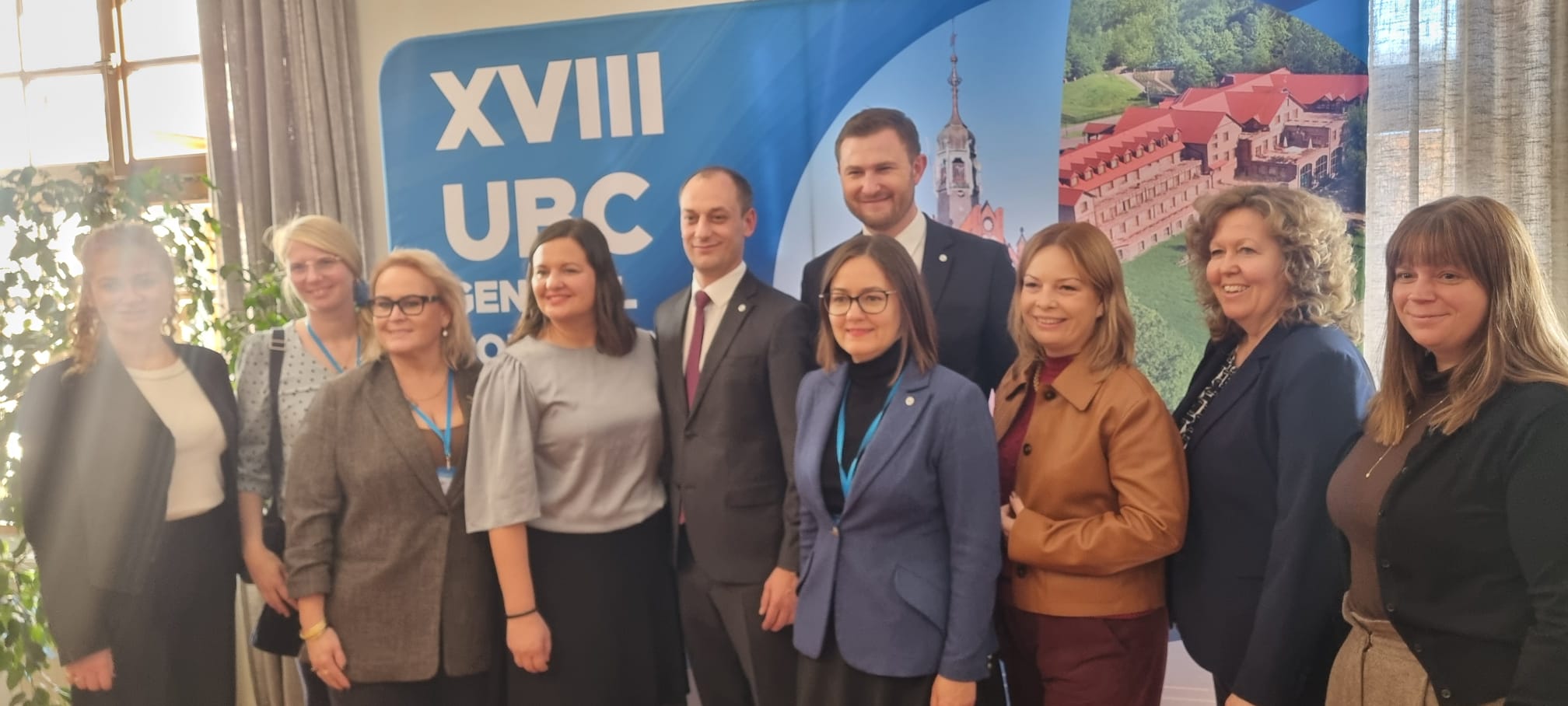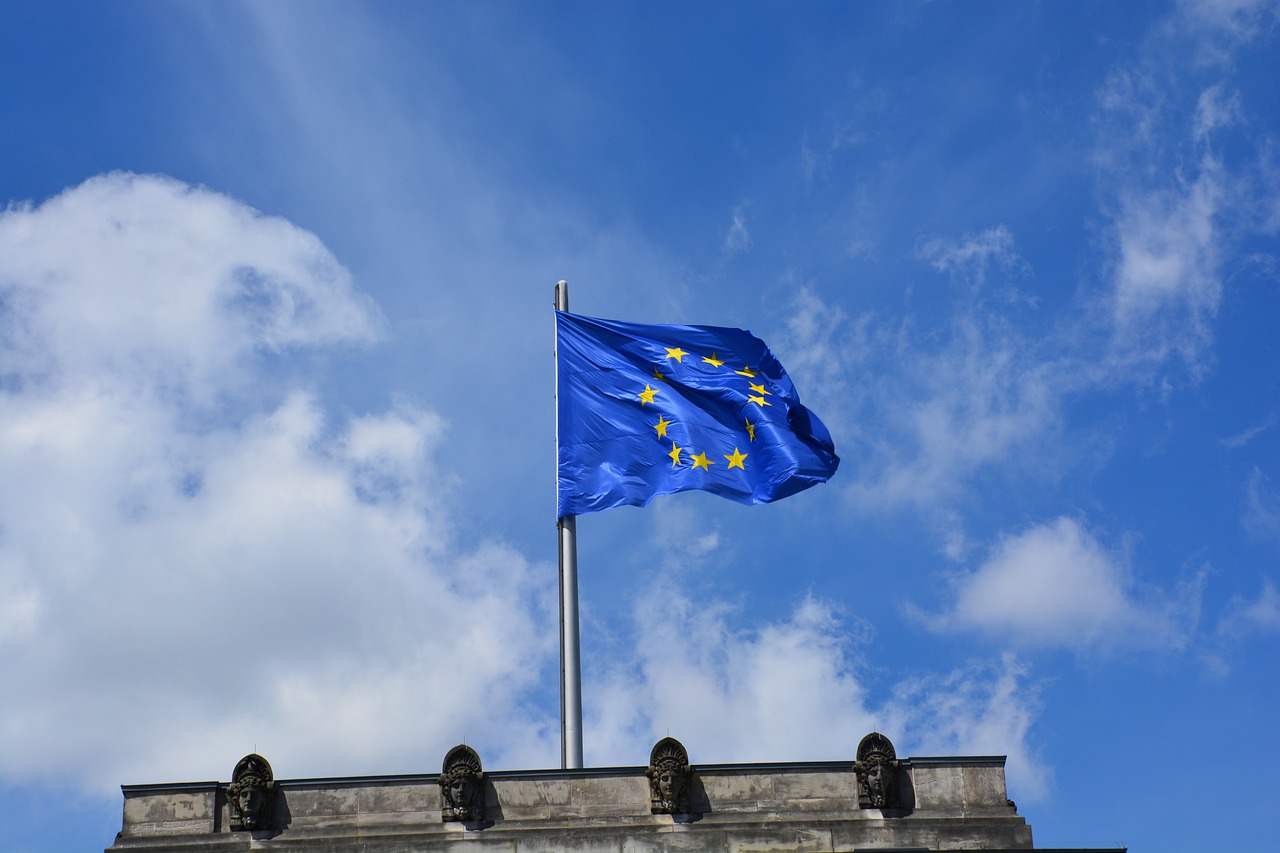BalticWind.EU asked industry leaders and key policy-makers for their assessment of what has been achieved in the past year and what the forecasts are for 2024. In today’s interview of the „Baltic Sea Offshore Wind – 2024 Outlook” series, we present the opinion of Giles Dickson, CEO of WindEurope.
What is the most significant development for the offshore wind in 2023?
The European Union has proposed a Wind Power Package with 15 excellent immediate actions to strengthen wind energy “made in Europe”. 26 EU Member States and the European wind industry have endorsed these actions. National Governments across Europe have raised the targets for offshore wind and pledged closer international collaboration both on offshore wind farm and offshore grid development. The inflation in input costs has started to ease. And many governments are now properly indexing their offshore auction prices which is improving the revenues of the wind farm developers. Europe’s wind turbine manufacturers have begun to return to profit. And in the last months of 2023 several large offshore wind projects reached final investment decision or passed important project milestones. All of this raises the confidence in the offshore wind sector – but 2024 will nevertheless remain a challenging year.
What are the most important challenges for offshore wind development in 2024?
The most important challenge for offshore wind development in 2024 is ramping up Europe’s offshore wind supply chain. By 2030 we need to produce 20 GW of offshore wind turbines each year. With today’s factories we can only produce 7 GW. We need to build new factories. On top of that it need to hire 140,000. additional offshore wind workers and invest billions of Euros in supporting infrastructure such as ports, vessels, roads and electricity grids. It’s a huge task. The Wind Power Package marks an important step on the way. It has opened up new financing channels to drive investment in wind energy manufacturing in Europe. It proposed to double the money available for clean tech manufacturing under the next call of the EU Innovation Fund to €1.4 bn. The European Investment Bank (EIB) is now providing de-risking tools and counter-guarantees to cover the exposure of private banks when they lend money to the wind industry. The EIB has also changed its landing mandate. It is now not only lending money to wind farms but can also finance manufacturing investments. The EIB is now, for example, helping to finance the expansion of the offshore wind port facilities in Esbjerg, Denmark. And things are starting to move on the supply chain. We’ve seen enough investment to supply the project pipeline up to 2026/27. Sif are expanding their foundation manufacturing plant in Rotterdam. Baltic Structures will build a new foundation facility in Esbjerg. Together they will produce 400 XXL foundations a year. In Poland Vestas will open a new factory for 15 MW hubs and nacelles and a separate offshore blade factory in Szczecin, and Baltic Towers is building a new tower facility in Gdansk.
What matters related to offshore wind energy will you particularly focus on in 2024?
In 2024 we will focus in particular on the competitiveness and resilience of Europe’s wind industry. Chinese turbine manufacturers have started to win onshore wind orders in parts of Europe. They offer their turbines at a lower price and with deferred payment terms that companies headquartered in OECD countries are not allowed to offer. But buying Chinese turbines means increasing Europe’s economic dependency and undermines our energy security. It also reduces the economic benefits of wind energy manufacturing in Europe – 300,000 jobs, €53bn a year contributed to EU GDP. It is not in Europe’s collective interest to transfer those benefits outside of Europe. There are cybersecurity aspects at play as well. There are 300 sensors on a modern wind turbine. The data from those sensors should be stored and analysed exclusively in Europe. Auction design can play a role here. Under the European Wind Charter Governments committed to make better use of prequalification criteria in critical areas such as cybersecurity to raise the bar on which turbines can be built in Europe.












